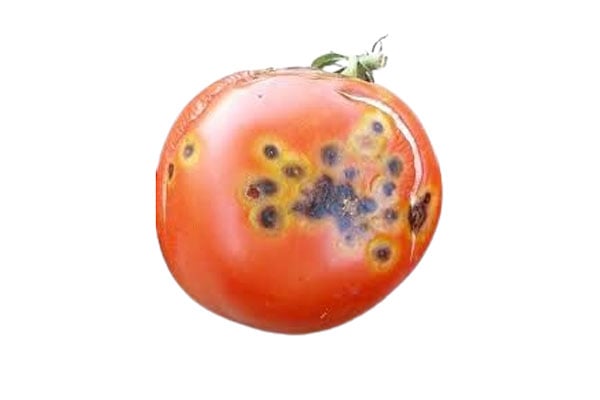Prime
How to make tasty juice for home consumption

Peruth K. Osire, holding a jar of pineaple and mint juice in Kampala on March 12, 2024. PHOTO/ ISAAC KASAMANI.
What you need to know:
Limit the combination to a maximum of four different kinds of fruits for optimal flavour balance. Replace sugar with fruits such as apples, pineapple cubes, honey or sugarcane juice.
Making delicious and nutritious juice for your family may seem like a basic skill, but one mistake can affect the entire process and leave you with a less-than-ideal end product. Ruth Kabajwambula Osire, the founder of Perry Juice, speaks to Gloria Irankunda about the best kinds of juice to make at home and helpful tips for getting better at juicing.
When you are away from home, drinks packed with sugar and caffeine will be at your disposal. But when you are at home, it is an opportunity to opt for something healthier. Your body required juice that refreshes and offers health benefits such as soothing coughs, colds as well as boosting your immunity.
Naturally sweet fruits such as mangoes, pineapples, baby oranges and watermelon, require no additional sweeteners.
Fruits combos
If you are making juice for guests at home, stand-alone juices tend to bore people. Enrich the taste by combining two or three different fruits. In case of mangoes, passion fruits and tangerine, consider blending mangoes first because it is a heavy fruit, blend passion fruits secondly because these need just one blend and they are ready and then tangerine last.
You can prefer to deep freeze the three kinds of juice separately if they are to stay in the deep freezer for long or mix them up before deep freezing, if the juice is intended for consumption on the same day it is made.
Because most people do not like beetroot, when working with it, mix it with other fruits. For example, mangoes and pineapples make it enjoyable. A combination of the three fruits will keep away its scent yet its nutrients will still be present.
Most people like mango juice. It can be best combined with passion fruits and a bit of tangerine. Because it is a smooth and thick fruit without a sharp taste, it can also go well with beetroot, pineapple, watermelon and mint, among other fruits.
Standalone juices
One good standalone juice option is pineapple mint juice. It is easier to make since the blending is done at once. Just put pineapples in a blender and add in ginger and mint leaves to serve as a detox and then blend. You can either sieve the juice or take it without sieving.
Watermelon can also be used on its own. Blend it with ginger to alter its texture from its typical fruit form. Similarly, incorporating a smaller amount of mango maintains its original watery consistency.
Opt for a juicer instead of a blender as it separates the seeds from the juice. If you do not have a juicer, you can manually extract the juice by wearing gloves and squeezing the watermelon.
Soursop is a dense and sweet fruit that can stand alone in juice preparations. If you choose to mix it with other fruits, ensure that its flavour remains dominant in the juice.
Preserving juice
Various types of juice may need distinct methods of preservation due to their natural composition. Pineapple juice ferments quickly, especially if the juice is made out of very ripe pineapples. To prevent spoilage, consider mixing the juice with a milder fruit. Without this precaution, the juice can get spoiled within two hours when left outside the fridge or freezer. Adding ice cubes to the juice can also help prolong its freshness.
After preparing the juice, storing it in a deep freezer is more effective than using a regular fridge. Even if you opt to refrigerate it, place the juice in the freezer compartment for a brief period to enhance its preservation.
Measuring quantity of fruits
To bring out the taste of juice, use many fruits, especially for stand-alone juices such as mangoes and pineapples. For instance, to make five litres of pineapple and mint juice, one needs three to five pineapples depending on their sizes and a one litre of water or less. This can also depend on how juicy the pineapple is. Some pineapples need less amount of water.
When adding water into the juice, ensure it is very cold, especially for sensitive fruits like pineapple to prevent fermentation.
What you need to know
• Do not put tangerine in acidic fruits such as pineapple and oranges because it is also high in acid and might cause an acidic reflux.
• Replace sugar with fruits such as apples, pineapple cubes, honey or sugarcane juice.
• The colder the juice, the closer it is to its natural state, resulting in a more flavourful taste.
• Limit the combination to a maximum of four different kinds of fruits for optimal flavour balance.
• When preparing juice with three different fruits, select one to be dominant from the outset. Avoid equal proportions of all three fruits, as this can result in an unbalanced juice. Using measuring containers can help ensure the right proportions.
• Do not keep mixed up juice (mocktail) for more than four days.
• If it is a standalone juice, especially mango, it can be kept for a maximum of a week. Deep freeze it and transfer it to the fridge a day before its consumption. When the mango juice is out of the fridge, it may have white particles, sieve it to restore its freshness and enjoy it as desired.




